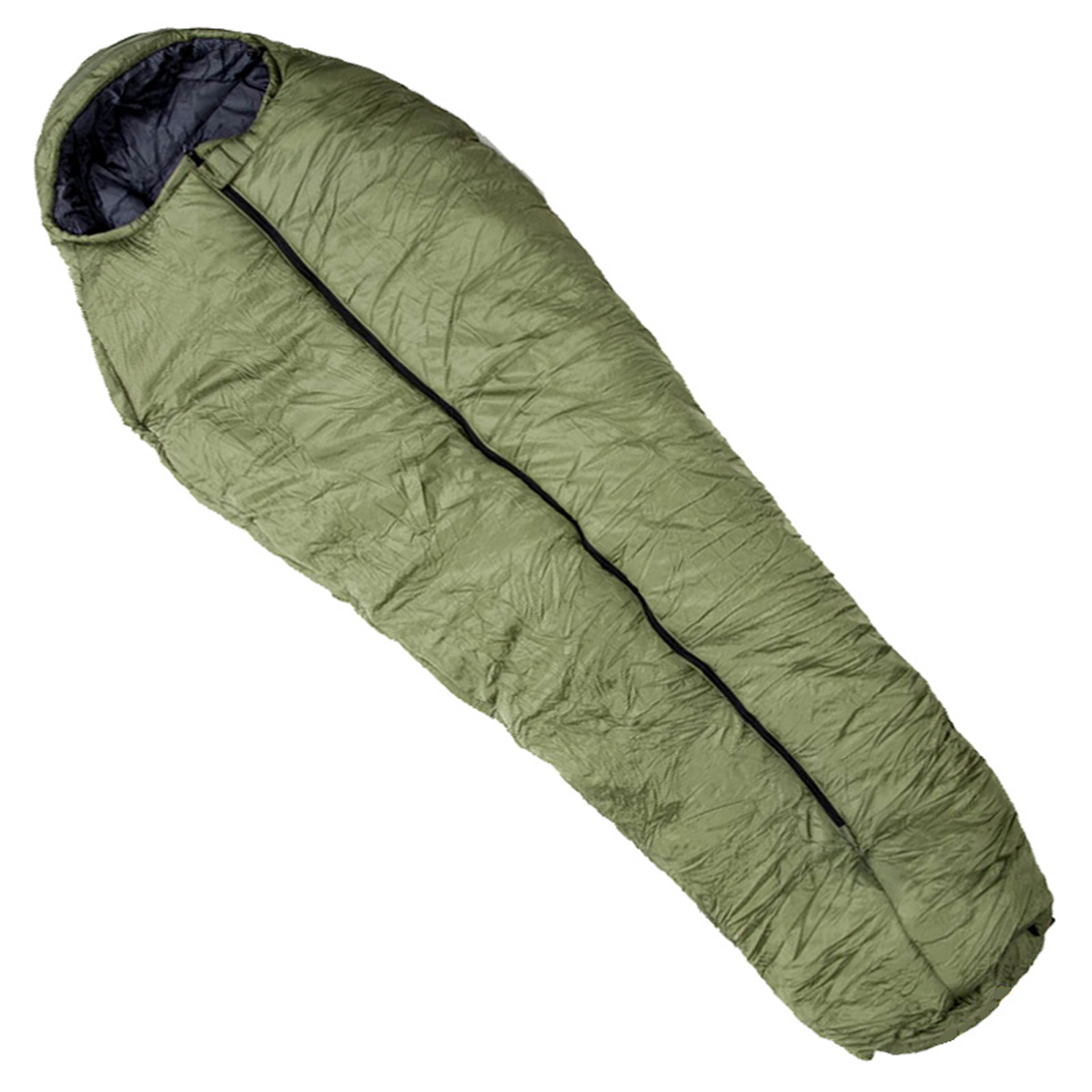I have not this sleeping bag but I could read that is insulation is Apex Climashield 300g/m². With 200g/m² you will be a little under 0°C. So it is surely not "comfort rated" to -15°C with EN 13537: 2012.
You have a lot of "norm" about sleeping bag. In UK they used a lot BS4085 or Leeds Comfort Model. In Scandinavia THELMA. Very often military sleeping bag are rated in accordance with these norms.
For the same sleeping bag you could have for different norm :
ASTM F1720 (US) : -16°C
BS 4785 (UK) : -11°C
Thelma (No) : -10°C
EN 13537 : -4°C
This is probably the case here :
The Ray Mears Osprey Sleeping Bag is a premium-quality 3-season synthetic sleeping bag, designed exclusively for Woodlore by Ray Mears.

www.raymears.com
I understand "SAFE" : You will surely survive at -15°C fully dressed, 4 to 6 hours sleep, if you are a young soldier according Thelma or BS 4785 (or even ASTM). But my wife would kill me after such "comfortable night".
They give us insulation information "TOG 11.8".
This is typical Leeds Norm and about -15°C. It would be approximatly "EN comfort limit : -7°C".
And if you have only underwear and the sleeping bag fit you (very often military bag are large since you are dressed) the confort would be something like -4°C according EN. If you are a cold sleeper or if the bag is large or a woman...you will be "limit" at -4°C.
Of course EN norm is "without wind and 50% humidity".
ex of an EN Test report for a sleeping bag with approximatly the same insulation of 11 Tog :
https://www.valandre.com/media/pdf/aitex-EN13537-2012/Swing700.pdf
More information in "Mammut Sleep Well" here (english) :
https://4sport.ua/_upl/2/1410/Mammut_Sleep_well_pt1_E.pdf



